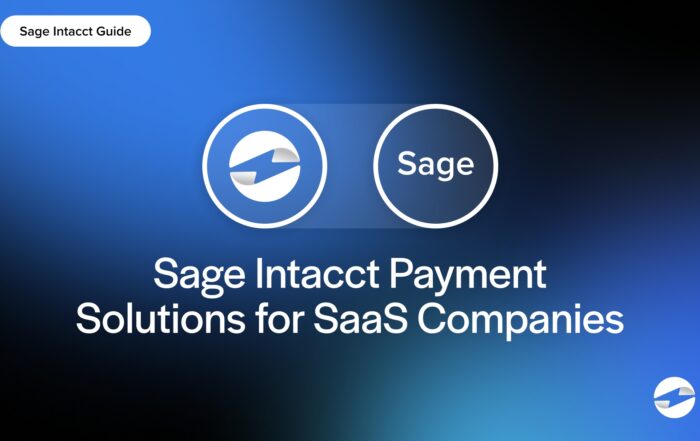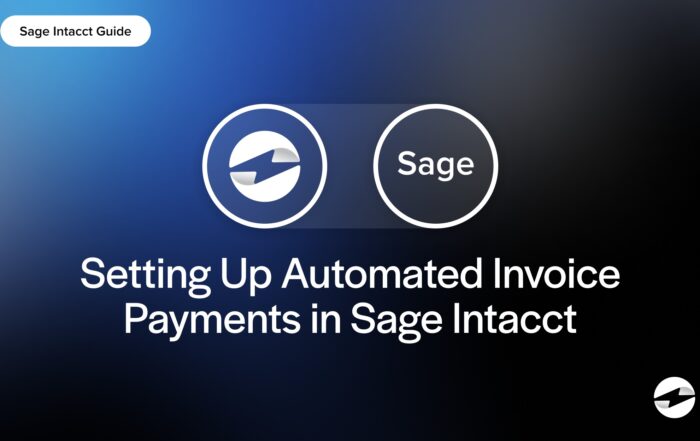What is credit control?
Credit control is the process businesses use to ensure customers pay their invoices on time and within agreed terms. It’s a key part of managing cash flow, reducing bad debts, and maintaining healthy customer relationships. Effective credit control helps companies avoid late payments, keep operations running smoothly, and make informed decisions about extending credit to clients.
Key Points
- Credit control helps businesses manage cash flow by ensuring timely customer payments through preventive and corrective actions.
- It differs from credit management in that it focuses on enforcing payment terms, while credit management covers broader credit risk strategies and policy-setting.
Types of credit control
There are two primary types of credit control:
- Preventive (or Proactive) Credit Control: This involves setting clear payment terms, performing credit checks on new customers, and establishing credit limits before extending payment terms. The goal is to prevent payment issues from happening in the first place.
- Corrective (or Reactive) Credit Control: These measures come into play once payment problems arise. This includes sending payment reminders, issuing late fees, placing accounts on hold, or even involving collections services when necessary.
Both types work together to form a complete credit control strategy.
Credit control example
After reviewing their credit history, a small manufacturing company offers a new client net 30 payment terms. After the first two invoices go unpaid past 45 days, the company reduces the client’s credit limit. It switches them to prepayment terms until the overdue balances are resolved. This adjustment protects cash flow while preserving the business relationship.
Credit control vs. credit management
Though often used interchangeably, credit control and credit management serve different roles.
- Credit control focuses on collecting payments and enforcing terms.
- Credit management takes a broader view, including evaluating creditworthiness, setting policies, and managing overall credit risk across the customer base.
Think of credit control as day-to-day enforcement and credit management as the strategic planning behind it.
You May Also Like
Read More
Sage Intacct API Integration for Payment Processing: Developer Guide
Read More
EBizCharge Listed as a 2025 Construction Executive Top Construction Technology Firm
Read More
Read More



